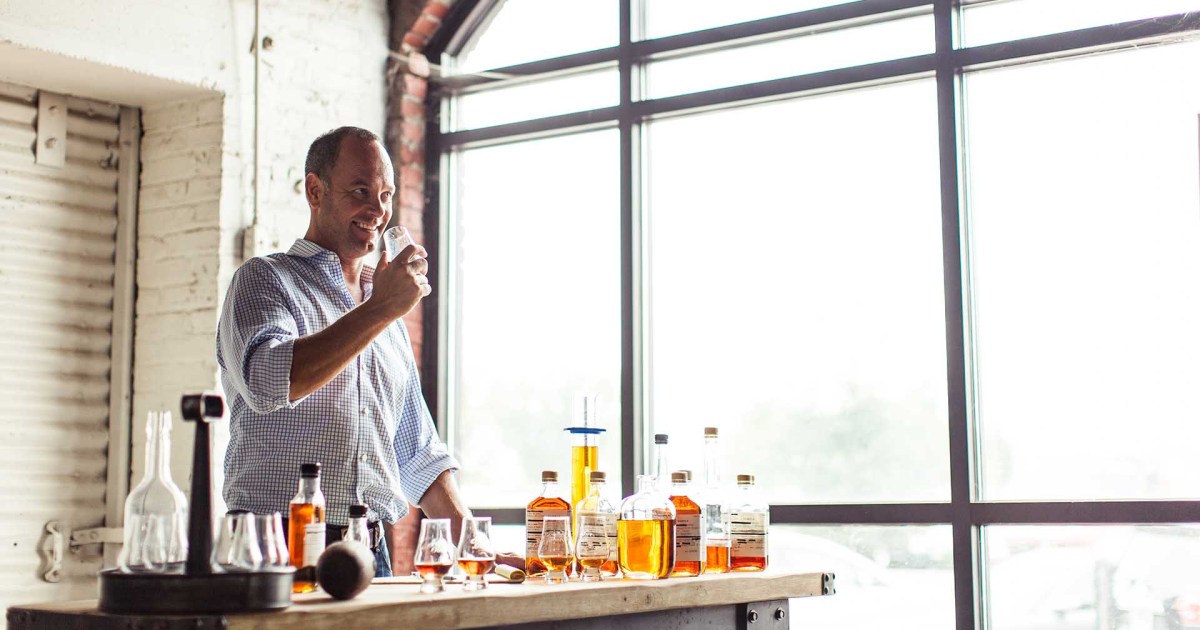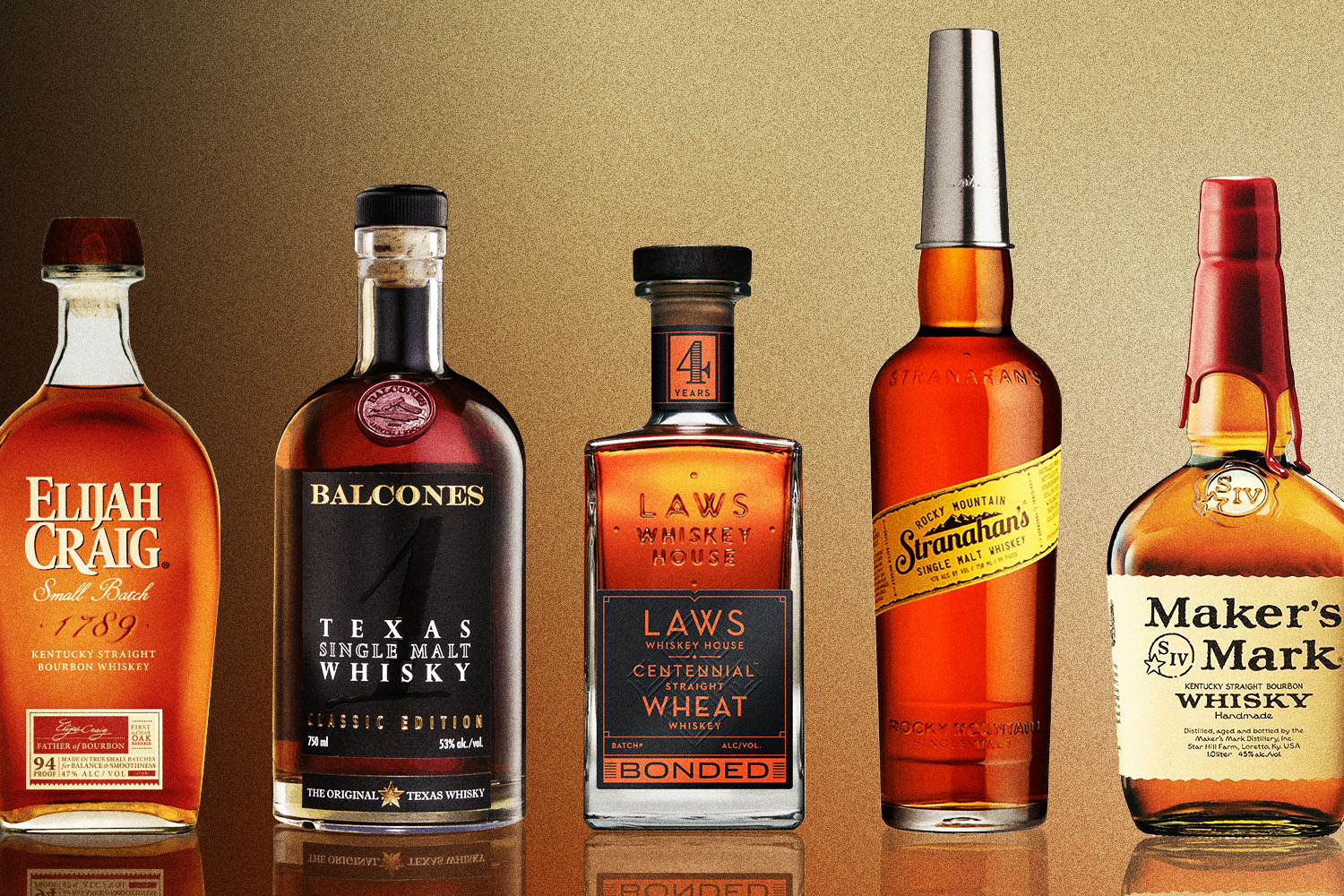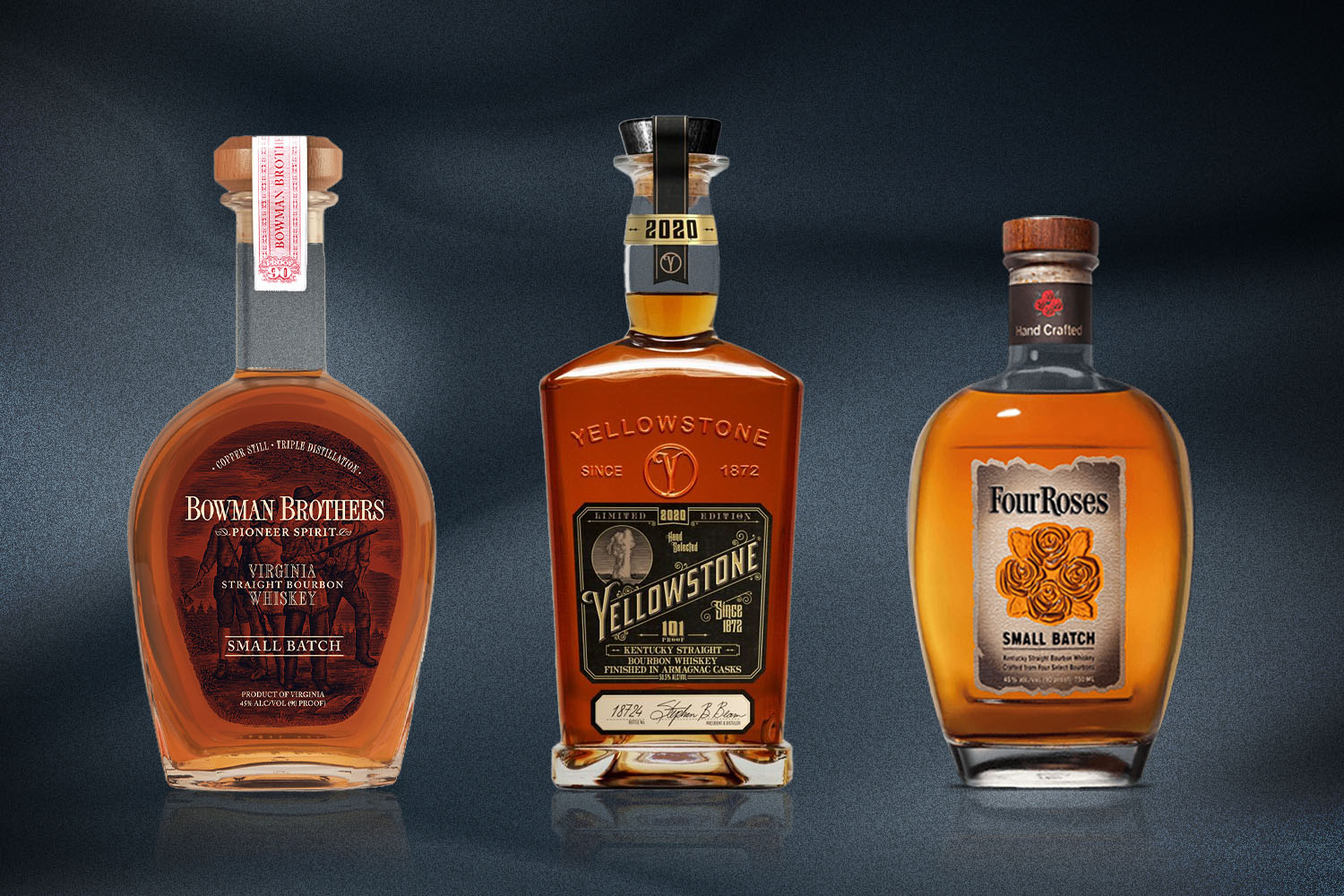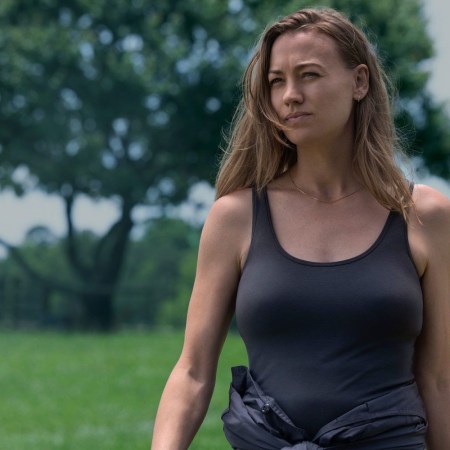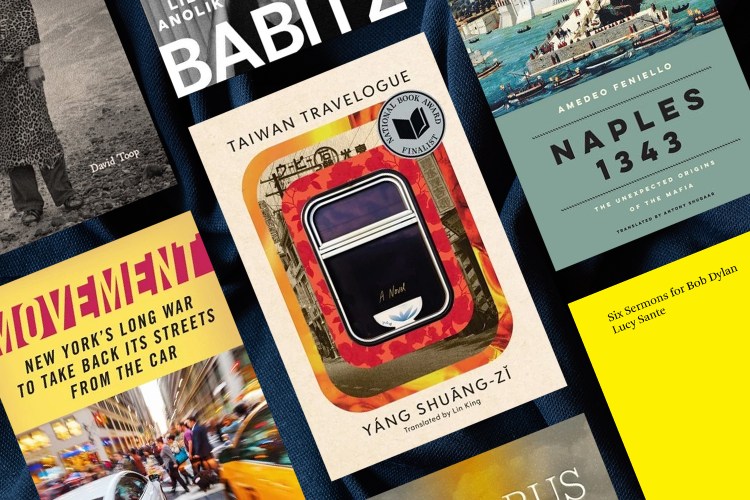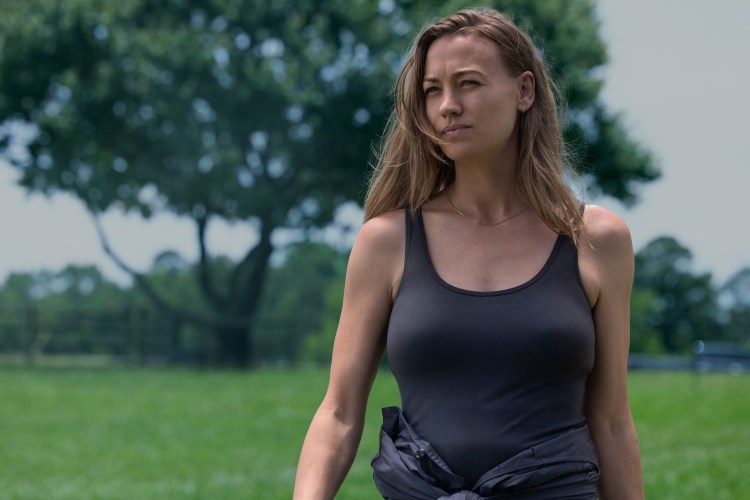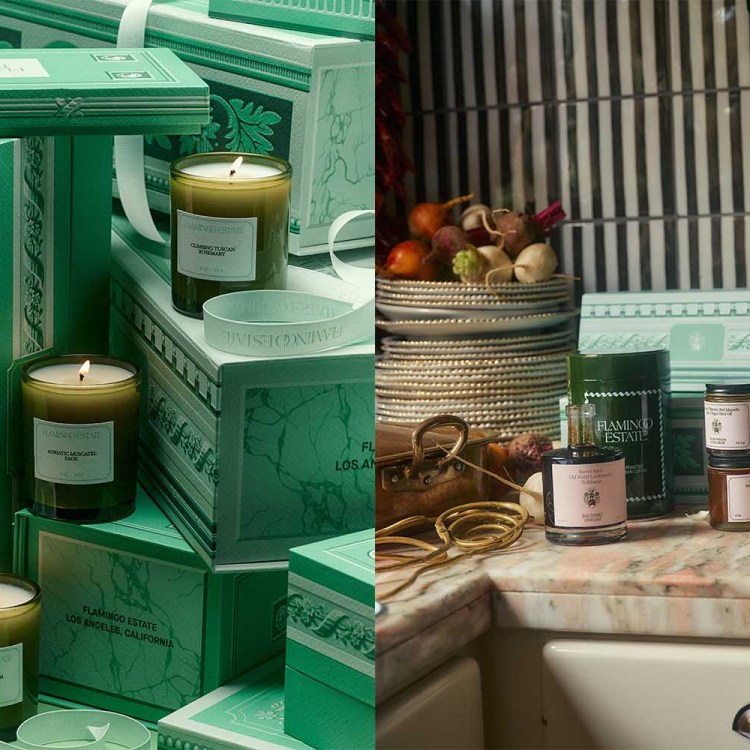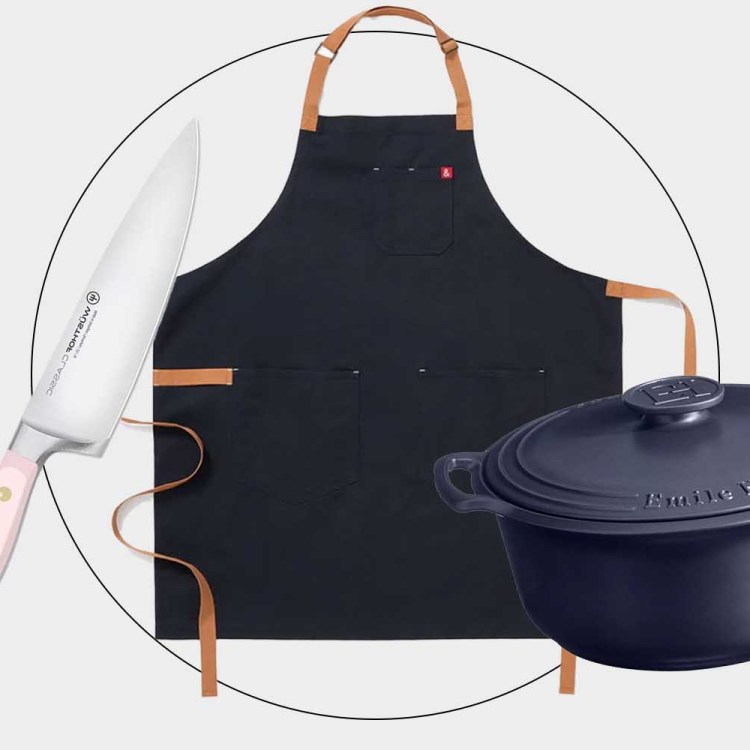“I’m not a distiller.”
That was a point reiterated several times by Trey Zoeller, founder of wildly inventive bourbon label Jefferson’s, during our recent trip down to Kentucky.
And he’s not. Alchemist, maybe, or extreme hobbyist. Though not classically trained in the art of distilling whiskey, Zoeller is a bourbon fan inspired by his family’s boozy heritage and his own passion for experimentation. That passion led him to Jefferson’s, a small-batch bourbon brand that crafts great whiskey, natch, but truly shines in the R&D department.
These are not your typical neat pours.
These are bourbons aged during round-the-world voyages. Bourbons aged in unusual barrels with oddly inventive ingredients. Bourbons curated and co-crafted by great chefs and iconic magazine editors. And, coming soon, a bourbon that replicates the spirit’s original journey through America’s waterways. Actually, it might be the most “American” spirit ever crafted.
All of the results are astounding, like no other bourbon (or whiskey) you’ve tried before. Unusual flavor profiles abound: salted caramel popcorn, Werther’s candy, tobacco. An unreleased single barrel a few of us could only dub “dark, thick and delicious” (we’d been drinking a lot by then, admittedly).
Over the course of a year and a few interviews — one just before the release of his American heritage Jefferson’s Journey in 2017, and two more this fall before and after the Jefferson’s-sponsored Bourbon & Beyond Festival in Louisville — we spoke with Zoeller about what makes his brand unique in an industry seemingly defined by keeping things the way it’s always been.
Zoeller’s whiskey heritage truly stands out. His eighth-generation grandmother was arrested in 1799 for bootlegging and moonshining; she’s the oldest woman documented in the American whiskey business. And Trey’s father is a historian who wrote the definitive book on distilling in Kentucky, now in its fourth edition. “It’s not the most colorful book,” admits Zoeller, who nonetheless used his dad’s rather “dry” (ha) research to inspire his most interesting release (see below). “But it’s the story of America’s only true spirit, and it has a lot of history and great anecdotes.”
He’s been going at this since whiskey was at its lowest point. Zoeller’s nascent blending experiments coincided with bourbon’s low point a few decades back, when plenty of now-coveted 15- and 20-year juices were being sold off for just the price of the barrel. How unpopular was bourbon when he started? “At the first Whiskey Fest 20 years ago, the Van Winkles and I shared a table.”
For Zoeller, whiskey really isn’t about distilling. “The science of distillation has already been perfected — nobody is really making ‘bad’ bourbon,” says Zoeller. “The thing with distilling is you want to do it consistently. When I started out, I was just buying lots of bourbon and experimenting with blends, and I realized the whole was better than the parts.”
It’s also not really about blends, though. In Zoeller’s mind, 70-80% of the taste of bourbon comes through maturation — essentially, what barrels you use and how you age and interact with the spirit. “Maturation is the heart and soul of bourbon,” he says. “Everyone else was aging their whiskey the same way, not changing the environment or the agitation. But that’s the fun part for me.”
Speaking of agitation, his Jefferson’s Journey might be the quintessential “American” whiskey. In his research, Zoeller’s father noted that bourbon was originally brought from Kentucky to East Coast cities through America’s vast and treacherous waterways. “You can make bourbon anywhere,” Trey says. “Why Kentucky? There had to be something about the method of getting the whiskey to the market.”
So the company replicated the journey with a few barrels in the most historically accurate attempt possible: on top of tiny vessels in a months-long loop across the U.S. waterways. Several storms, some hastily-repaired barrels and a few boats later, the extremely young spirit was magically transformed.
“The aging process was taken care of by the journey,” he says. “That’s when the whiskey really turned into bourbon. At the end of my first journey, an 18-month bourbon was as dark as a 16-year old bourbon that I had double barreled.” Good news for bourbon fans: while the 2017 release was extremely hard to find, Zoeller says he’s figured out how to replicate this journey on a “larger basis.”
Not every experiment works, and that’s OK. We love Jefferson’s Ocean, a bourbon that sails around the globe and arrives with the taste of the aforementioned “salted caramel popcorn.” However, not all of Zoeller’s ideas flourish. Bourbon aged in Tabasco barrels “didn’t hold up,” he notes. And sometimes the ideas have a sell-by date: one failed experiment resulted in a bourbon that tasted like “Werther’s candy after 60 days, but green wood after 90.” But additional aging sometimes works: a bourbon aged with tobacco sticks had no impact for seven months, but then suddenly and surprisingly “just blossomed with tobacco flavor.”
The trend of additional ageing in wine casks isn’t that novel. It’s a trend, but one that already seems stuck in a rut. “I’ve worked with different wineries, finishing the mature whiskies in different barrels,” says Zoeller. “A lot of whiskey brands now are using sherry or port barrels. But I don’t like sherry or port! We’re trying things with big Cabs and Pinots, and having a lot of success.” (We particularly dig the Jefferson’s Grand Selection Château Suduiraut. Unrelated, we also tried a soon-to-be-released Jefferson’s rye aged in Cognac barrels that was out of this world.)
But aging with beef fat in the barrel certainly is. They tried it recently. “Not sure we can call it bourbon, but it’s interesting.”
He’s already thinking about another vice. Besides shortages (“nobody anticipated this growth”) and ever-shifting spirit trends, there’s another industry that bourbon makers may have to fear or assuage. “The whole world of weed, who knows how that’ll affect us?” says Zoeller. “People only have so much money to spend.”
Or perhaps that’s the seed of another interesting experiment.
Photos: (Top to bottom) Jefferson’s (2); Kirk Miller; Jefferson’s; Kirk Miller
Join America's Fastest Growing Spirits Newsletter THE SPILL. Unlock all the reviews, recipes and revelry — and get 15% off award-winning La Tierra de Acre Mezcal.
